Public Television Service (
PTS won in 11 award categories. The best lead actor honor went to Chang Chen-kuang (

PHOTO: TAIPEI TIMES
The awards ceremony took place last night at Sun Yat-sen Memorial Hall in Taipei, and opened with a star-studded red-carpet walk that drew hundreds of fans.
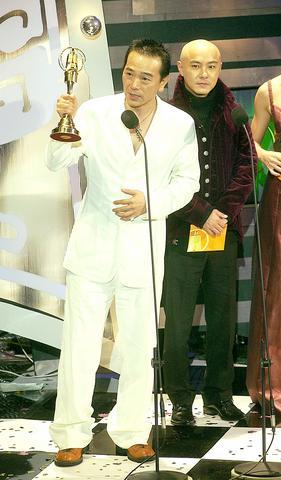
PHOTO: TAIPEI TIMES
Croatian pianist Maksim, Korean actors Ahn Jae-wook and Ha Ji-won, both of whom have large fan bases in Taiwan for their TV dramas, pop diva Stefanie Sun (
The four-hour gala event was hosted by Kevin Tsai (
PTS demonstrated its power for producing quality programs at the Golden Bell Awards -- Taiwan's answer to the Emmy Awards -- especially in drama and cultural programming.
The TV company took home four awards for its programs, including the best TV drama Banquet (
PTS won 18 award categories at Golden Bell Awards last year, well ahead of all the other TV stations in Taiwan.
In the variety show categories, Taiwan's veteran TV host Chang Fei (張菲) won the award for the best TV host for variety shows for his popular show Variety Big Brother (綜藝大哥大). The award for best variety program, however, went to Variety Sum-up (綜藝大集合).
Having hosted TV shows for 30 years, Chang expressed his gratitude to all his guests who have been entertained and "tortured" in his shows. He also gave thanks to his alleged girlfriend from Belarus, Margarita, who serves as the assistant hostess and comedienne in his show.
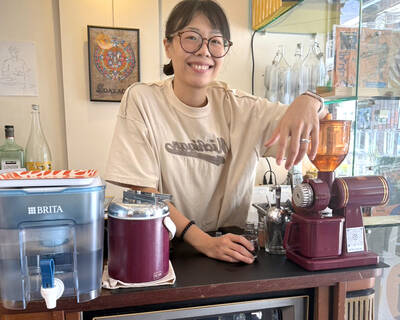
Cheng Ching-hsiang (鄭青祥) turned a small triangle of concrete jammed between two old shops into a cool little bar called 9dimension. In front of the shop, a steampunk-like structure was welded by himself to serve as a booth where he prepares cocktails. “Yancheng used to be just old people,” he says, “but now young people are coming and creating the New Yancheng.” Around the corner, Yu Hsiu-jao (饒毓琇), opened Tiny Cafe. True to its name, it is the size of a cupboard and serves cold-brewed coffee. “Small shops are so special and have personality,” she says, “people come to Yancheng to find such treasures.” She
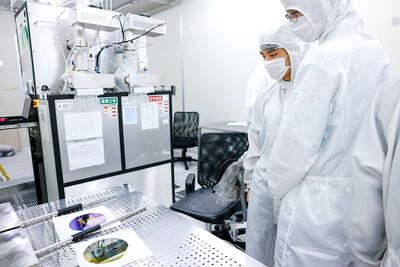
The low voter turnout for the referendum on Aug. 23 shows that many Taiwanese are apathetic about nuclear energy, but there are long-term energy stakes involved that the public needs to grasp Taiwan faces an energy trilemma: soaring AI-driven demand, pressure to cut carbon and reliance on fragile fuel imports. But the nuclear referendum on Aug. 23 showed how little this registered with voters, many of whom neither see the long game nor grasp the stakes. Volunteer referendum worker Vivian Chen (陳薇安) put it bluntly: “I’ve seen many people asking what they’re voting for when they arrive to vote. They cast their vote without even doing any research.” Imagine Taiwanese voters invited to a poker table. The bet looked simple — yes or no — yet most never showed. More than two-thirds of those
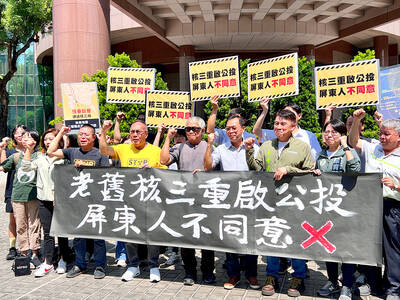
In the run-up to the referendum on re-opening Pingtung County’s Ma-anshan Nuclear Power Plant last month, the media inundated us with explainers. A favorite factoid of the international media, endlessly recycled, was that Taiwan has no energy reserves for a blockade, thus necessitating re-opening the nuclear plants. As presented by the Chinese-language CommonWealth Magazine, it runs: “According to the US Department of Commerce International Trade Administration, 97.73 percent of Taiwan’s energy is imported, and estimates are that Taiwan has only 11 days of reserves available in the event of a blockade.” This factoid is not an outright lie — that
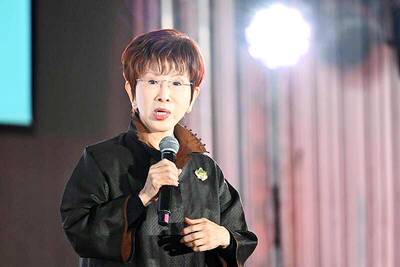
Former Chinese Nationalist Party (KMT) chairwoman Hung Hsiu-chu’s (洪秀柱) attendance at the Chinese Communist Party’s (CPP) “Chinese People’s War of Resistance Against Japanese Aggression and the World Anti-Fascist War” parade in Beijing is infuriating, embarrassing and insulting to nearly everyone in Taiwan, and Taiwan’s friends and allies. She is also ripping off bandages and pouring salt into old wounds. In the process she managed to tie both the KMT and the Democratic Progressive Party (DPP) into uncomfortable knots. The KMT continues to honor their heroic fighters, who defended China against the invading Japanese Empire, which inflicted unimaginable horrors on the